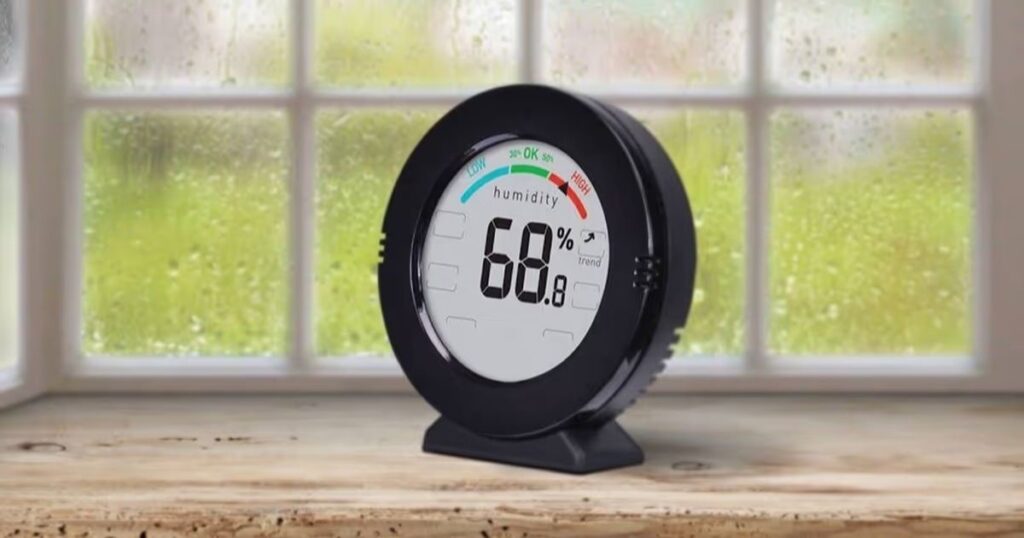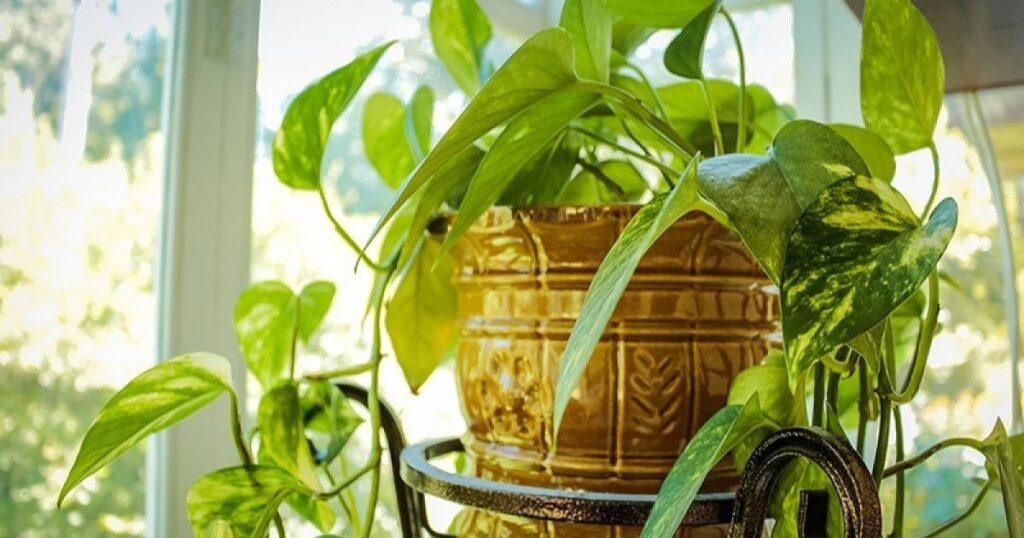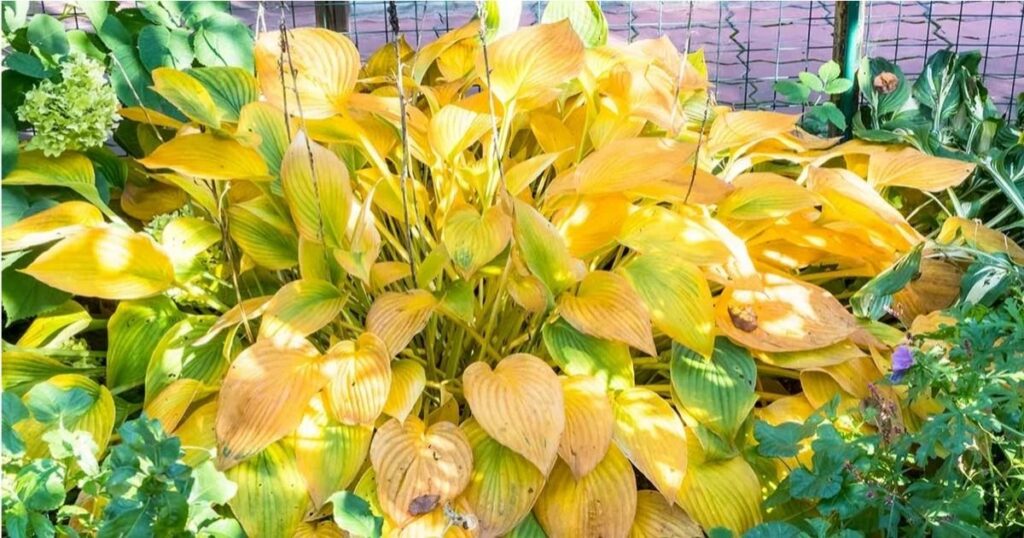Pothos (Epipremnum aureum), also known as the golden pothos, devil’s vine, or devil’s ivy, is one of the most popular and easiest-to-care-for houseplants. Native to the Solomon Islands in the South Pacific, this fast-growing trailing vine boasts lush, heart-shaped leaves that can be solid green or beautifully variegated with white, yellow, or pale green hues. With its remarkable adaptability and minimal maintenance requirements, the pothos plant is an excellent choice for both experienced and beginner plant enthusiasts.
Pothos Care
Caring for a pothos plant is a relatively straightforward endeavor. These resilient vines can thrive in a variety of lighting conditions and tolerate less-than-ideal watering regimes. With the right care, a pothos can live an average of 5 to 10 years, and some have even been known to live much longer.
Light
Pothos plants are quite versatile when it comes to lighting. They can grow in full sun, partial shade, or even low-light conditions. Indoors, pothos prefers bright, indirect light, such as that found in an east- or west-facing window. Avoid direct sunlight, as it can cause the leaves to fade or develop a washed-out appearance.
Proper lighting is essential for maintaining the plant’s signature variegation. If a pothos is placed in too much shade, the leaves may revert to a solid green color. Conversely, too much direct sun can cause the leaves to appear pale or bleached. Keep a close eye on your pothos and adjust its lighting as needed to preserve its vibrant leaf patterns.
Soil
Pothos thrive in well-draining, slightly acidic soil with a pH range of 6.1 to 6.8. Standard houseplant potting mix or an aroid-specific mix (formulated for plants like philodendrons and monsteras) work well. Avoid heavy, dense soils that can become waterlogged, as this can lead to root rot.
Water
Pothos are relatively forgiving when it comes to watering. Allow the soil to dry out completely between waterings, which is typically every 1 to 2 weeks. During the growing season (spring and summer), you may need to water more frequently, while in the winter, the plant will require less moisture.
Overwatering is the most common issue with pothos plants, often leading to problems like leaf yellowing, wilting, and root rot. It’s better to underwater than to overwater a pothos. If the leaves start to droop, that’s a sign the plant needs water. Conversely, black spots on the leaves or a sudden collapse of the plant indicates the soil has been kept too wet.
Temperature and Humidity

Pothos prefer warm, consistent temperatures above 50°F (10°C), with an ideal range of 65°F to 75°F (18°C to 24°C). They can tolerate lower temperatures for short periods, but prolonged exposure to cold drafts or chilly conditions can damage the plant.
Humidity is not a major concern for pothos, as they are adaptable to a wide range of moisture levels. However, they do prefer higher humidity, which can be provided by grouping the plant with other tropical species or placing it in a naturally humid area of the home, such as a bathroom.
Fertilizer
Pothos are not heavy feeders, but they can benefit from occasional fertilization during the growing season. Apply a balanced, water-soluble houseplant fertilizer once a month during the spring and summer. Avoid fertilizing in the winter when the plant is dormant.
Types of Pothos
Pothos plants come in a variety of cultivars, each with its own unique leaf variegation pattern. Some of the most popular and recommended pothos varieties include:
Marble Queen Pothos
This cultivar features an exceptionally attractive white-and-green variegated pattern. It requires slightly more light than other pothos to maintain its vibrant coloration.
Pearls and Jade Pothos
This climbing variety displays bold gray, green, and white hues around the perimeter of the leaves, creating a striking appearance.
Neon Pothos
With its bright chartreuse foliage, the neon pothos is a great option for adding a pop of color to a dark corner of your home.
Silver Satin Pothos
Also known as the satin pothos, this cultivar has thick, gray-green leaves with silver splotches. It is tolerant of low-light conditions and drought.
Pruning
While not essential for the plant’s health, regular pruning can help maintain a pothos’s tidy, bushy appearance. Prune the plant during the growing season, avoiding dormant periods. Use clean, sharp scissors or pruners to make your cuts.
To prune, simply snip off any overly long, leggy, or yellowing stems just above a leaf node. This will encourage the plant to branch out and become more full and lush. You can also remove individual yellow leaves by pinching them off at the base.
Also read this post:GROWING POTHOS
Propagating Pothos
Propagating pothos is incredibly easy and allows you to multiply your plant collection or share cuttings with friends. All you need is a sharp, sterile cutting tool, a clear glass or vase, and some water.
Here’s how to propagate pothos from stem cuttings:
- Use pruners to snip off a healthy stem with at least 3 leaves, cutting just below a leaf node.
- Remove the bottom leaf, leaving the upper leaves intact.
- Place the stem cutting in a glass or vase of water, making sure the remaining leaves are not submerged.
- Set the cutting in a spot with bright, indirect light and wait 1-2 weeks for roots to form.
- Once the roots are several inches long, transplant the cutting into a pot filled with fresh, well-draining potting mix.
- Water the newly potted cutting and place it in a spot with bright, indirect light.
Potting and Repotting Pothos

Pothos plants are relatively slow growers, but they will eventually become pot-bound. Signs it’s time to repot include the plant’s leaves continuously drooping, despite proper watering, or roots growing out of the drainage holes.
When repotting, choose a container that is only 1-2 inches wider and deeper than the previous pot. Use a fresh, well-draining potting mix, and water the plant thoroughly after repotting. The best time to repot is during the spring or early summer when the plant is actively growing.
Common Pests and Plant Diseases
Pothos plants are generally quite pest-resistant, but they can still fall victim to common houseplant issues, such as:
- Spider mites
- Whiteflies
- Scale insects
- Mealybugs
These pests can be treated with neem oil, insecticidal soap, or a gentle wipe-down with a damp cloth. Pothos may also be susceptible to bacterial leaf spot or root rot, often caused by overwatering or poor drainage.
Common Problems With Pothos
While pothos are relatively low-maintenance, they can still encounter a few common issues. Here’s what to watch out for:
Leaves Turning Yellow

Occasional yellow leaves are normal, but widespread yellowing could indicate overwatering, underwatering, or a disease. Reduce watering and monitor the soil moisture.
Browning Leaves
Brown, crispy leaves are a sign of underwatering or low humidity. Increase watering and misting to address this problem.
Drooping Leaves
Wilting or drooping leaves typically mean the plant needs water. Give the pothos a deep drink and check the soil moisture going forward.
Tip
If you notice any pests or diseases affecting your pothos, act quickly to address the issue before it spreads. Isolate the affected plant and treat it with the appropriate remedy.
What to Know Next
Now that you understand the basics of pothos care, you’re well on your way to growing a healthy, thriving plant. Remember, patience and observation are key when caring for any houseplant. With the right conditions and a little TLC, your pothos will reward you with lush, trailing vines and beautiful foliage for years to come.
More from The Spruce
- Philodendron vs. Pothos: What’s the Difference?](https://www.thespruce.com/philodendron-vs-pothos-1342689)
- The 9 Best Hanging Plants for Your Home](https://www.thespruce.com/best-hanging-plants-1342689)
- How to Care for a Peperomia Plant](https://www.thespruce.com/how-to-care-for-peperomia-1342651)
FAQs:
Here are the answers to your questions about caring for pothos plants indoors:
How do you care for a pothos plant indoors?
Caring for a pothos plant indoors is relatively easy. Provide bright, indirect light, allow the soil to dry out between waterings, and fertilize monthly during the growing season to keep your pothos thriving.
Does pothos need sunlight?
Pothos plants are quite versatile when it comes to lighting. They can tolerate low-light conditions, but they prefer bright, indirect sunlight. Avoid placing them in direct sunlight, as this can cause the leaves to fade or become washed out.
How do you encourage pothos to grow?
To encourage healthy growth, prune your pothos regularly by snipping off any overly long, leggy, or yellowing stems. This will promote a fuller, bushier appearance. Providing the right lighting conditions and watering schedule will also support vigorous growth.
How often should you water pothos?
Pothos plants are relatively forgiving when it comes to watering. Allow the soil to dry out completely between waterings, which is typically every 1 to 2 weeks. During the growing season, you may need to water more frequently, while in the winter, the plant will require less moisture.











